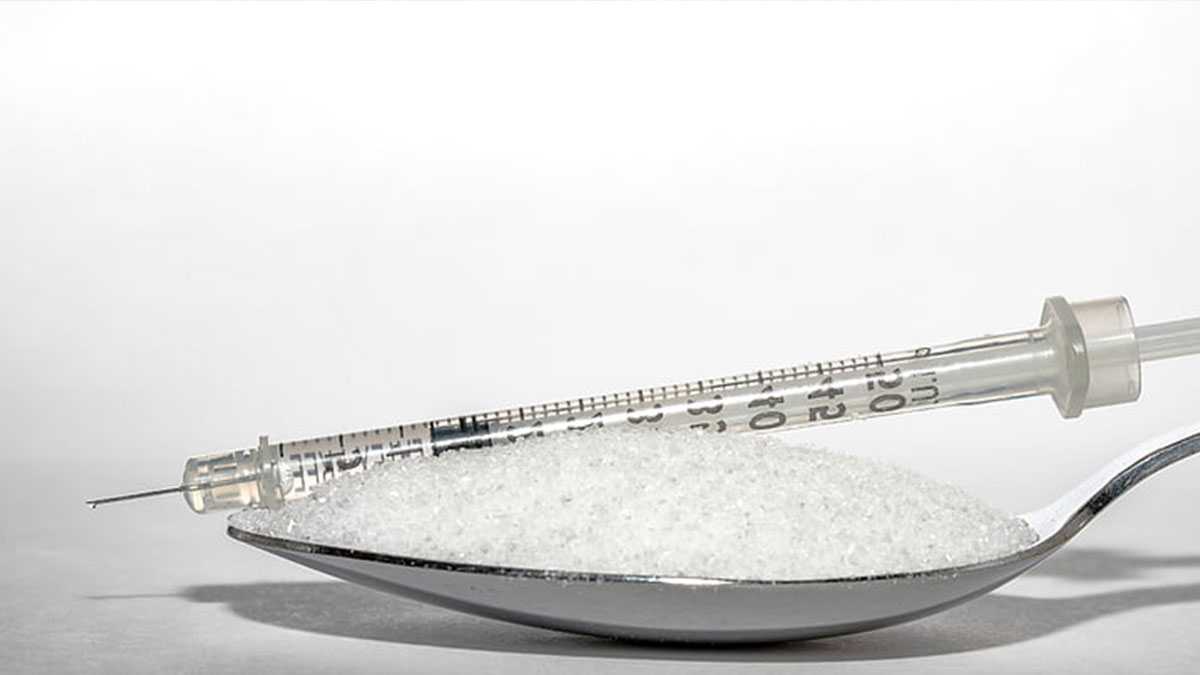Is science on the cusp of changing the future of disease prevention via a deeper understanding of an individual’s biology at a molecular level?

Is science on the cusp of changing the future of disease prevention via a deeper understanding of an individual’s biology at a molecular level?

In this article, we’re going to introduce an indirect way of supporting NAD+. Rather than making more, this article will be teaching you about using less. Using less requires downregulating a protein called cluster of differentiation 38 (CD38 for short). When CD38 is not as active, less NAD+ is used by it. The result is higher NAD+ levels and greater NAD+ availability for important healthy aging uses.

There’s no data suggesting that gargling prevents infection from the virus causing COVID-19. The SARS-CoV-2 virus is too new to know. But, in general, gargling might have modest preventive benefit for colds (and likely less so for the flu). Once someone has an upper respiratory infection, gargling is not a treatment for the infection. It would, at best, offer some degree of soothing of sore throat symptoms.

Matt Maruca, CEO of Ra Optics, shares with us how light drives mitochondrial functions, the science behind blue light blocking glasses triggering melatonin secretion, explores the eye/brain connection, and gives us the 411 on blue light blocking glasses (spoiler alert: they’re not all created equal).

Insulin is a hormone produced by beta cells in the pancreas with a central role in the regulation of metabolism and cell energy reserves. The major metabolic action of insulin is to regulate blood glucose levels and to promote the storage of energy substrates as macromolecules that can be mobilized between meals or in contexts of high energy demand.

The citric acid cycle, also known as the Krebs cycle or tricarboxylic acid (TCA) cycle, is a circular loop rotating through eight organic acid intermediates (e.g., citrate, malate, oxaloacetate). This cycle plays a critical role in moving cell energy production forward, because it is the first pathway of the final stage of energy extraction from nutrients, in which carbon units are fully oxidized. The intermediate products formed in this cycle are also used to build molecules including proteins, DNA, and RNA.

Matt Maruca, CEO of Ra Optics, shares with us 8 steps to optimizing, both mitochondrial and vision health through the power of light